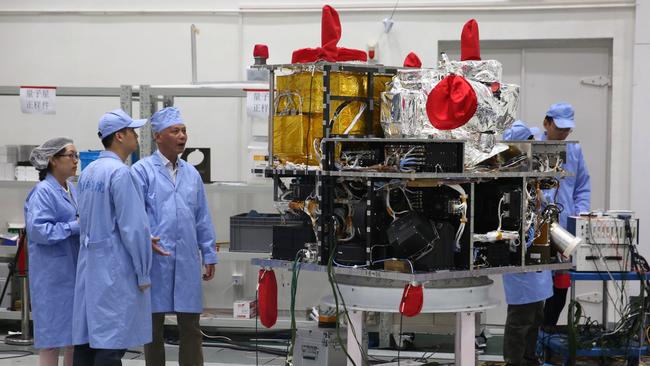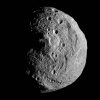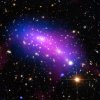That pic of Germany/earth is gorgeous...
China sets new record for quantum entanglement en route to build new communication network
CHINA has scored a victory against hackers and spooks as it surges ahead of other world powers in a new kind of space race.

IN A bid to build an entirely new kind of internet — completely secure and impervious to hackers — China has pulled off a major feat in particle physics.
Chinese scientists have set a new distance record for beaming a pair of entangled particles: photons of light that behave like twins and experience the exact same things simultaneously, even though they’re separated by great distances.
The principle is called quantum entanglement and it’s one of the subatomic world’s weirdest phenomena. And China has smashed the distance record for quantum entanglement.
In a groundbreaking experiment led by Professor Jian-Wei Pan of Hefei University in China, a laser on a satellite orbiting 480 kilometres above the earth produced entangled photons.
They were then transmitted to two different ground-based stations 1200 kilometres apart, without breaking the link between the photons, the researchers said in a report published in the journal Science.
That distance achieved in the experiment is 10 times greater than the previous record for entanglement and is also the first time entangled photons have been generated in space.
“It’s a huge, major achievement,” Thomas Jennewein, physicist at the University of Waterloo in Canada, told Science. “They started with this bold idea and managed to do it.”
China launched its first quantum satellite in August and if all goes according to plan will send up plenty more to create a system of communication which relies on entanglement.
A COMPLETELY NEW INTERNET
By launching a group of quantum-enabled satellites, China hopes to create a super secure network that uses an encryption technique based on the principles of a field known as quantum communication.
“In physics we are trying, and we have demonstrated some encryption techniques that rely on the law of physics rather than the mathematical complexity and we call this quantum key distribution,” professor Ping Koy Lam from the ANU’s Department of Quantum Science told news.com.au last year, before China launched its first quantum satellite.
“For that to work you need to send laser beams that carry certain information, quantum information, and then you need the senders and the receivers to get together to find a protocol to secure the communication.”
The reason it can’t be hacked is because the information carried in the quantum state of a particle cannot be measured or cloned without destroying the information itself.
“We can show that this kind of quantum encryption works in a city radius or at most between two nearby cities,” Prof Lam said.
However China believes the atmosphere in space will allow the photons to travel further without disruption because “in space there’s nothing to attenuate light.”
In the latest experiment, both stations which received the photons were in the mountains of Tibet, at a height that reduced the amount of air the fragile photons had to traverse.

The successful characterisation of quantum features under such conditions is a precondition for a global quantum communication network using satellites that would link metropolitan area quantum networks on the ground.
A NEW SPACE RACE
China’s ongoing progress will no doubt be watched closely by security agencies around the world.
While the spectre of a communication network enabled via quantum satellites is still a long way off, as China edges closer to the goal it has led to predictions of a new space race.
Quantum technology has been a major focus of China’s five-year economic development plan, released in March 2016. While other space agencies have been experimenting with the technology, none have seen the level of financial support provided by Beijing.
China has not disclosed how much money it has spent on Quantum research, but funding for basic research which includes quantum physics was $US101 billion in 2015 — an absolutely massive increase from the $US1.9 billion the country spent in 2005.
Scientists in the US, Canada, Europe and Japan are also rushing to exploit the power of particle physics to create secure communication systems, but China’s latest experiment puts the country well ahead of the pack.
...what a bloody interesting article that you posted kxk... I just love the fact that it was the Chinese that announced that they have achieved that first lol!... I bet they enjoyed doing that just to shove it up the USA/Russia/Japan and other so-called 'technically advanced' countries lol!... I can just imagine them all running around like chooks with their heads cut off now in total panic and suddenly thrusting billions of dollars into that research now lol!... well done China!... thanks for posting it kxk... cheers.

























